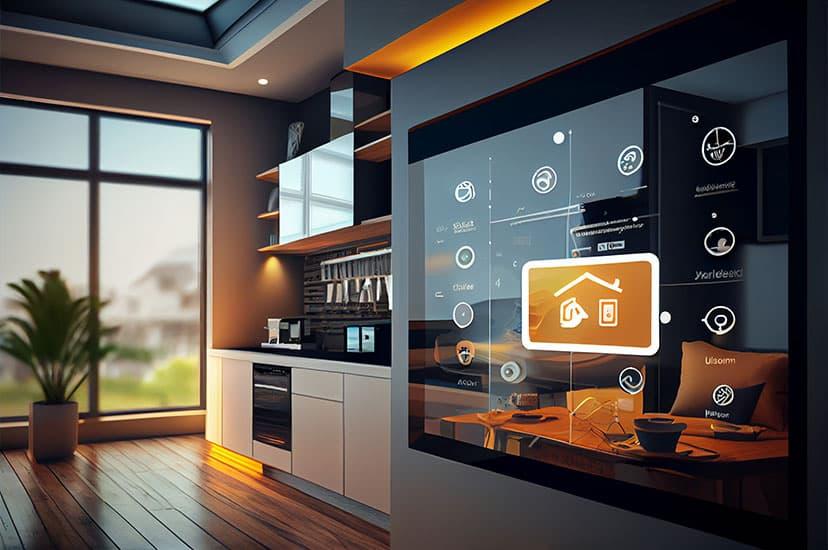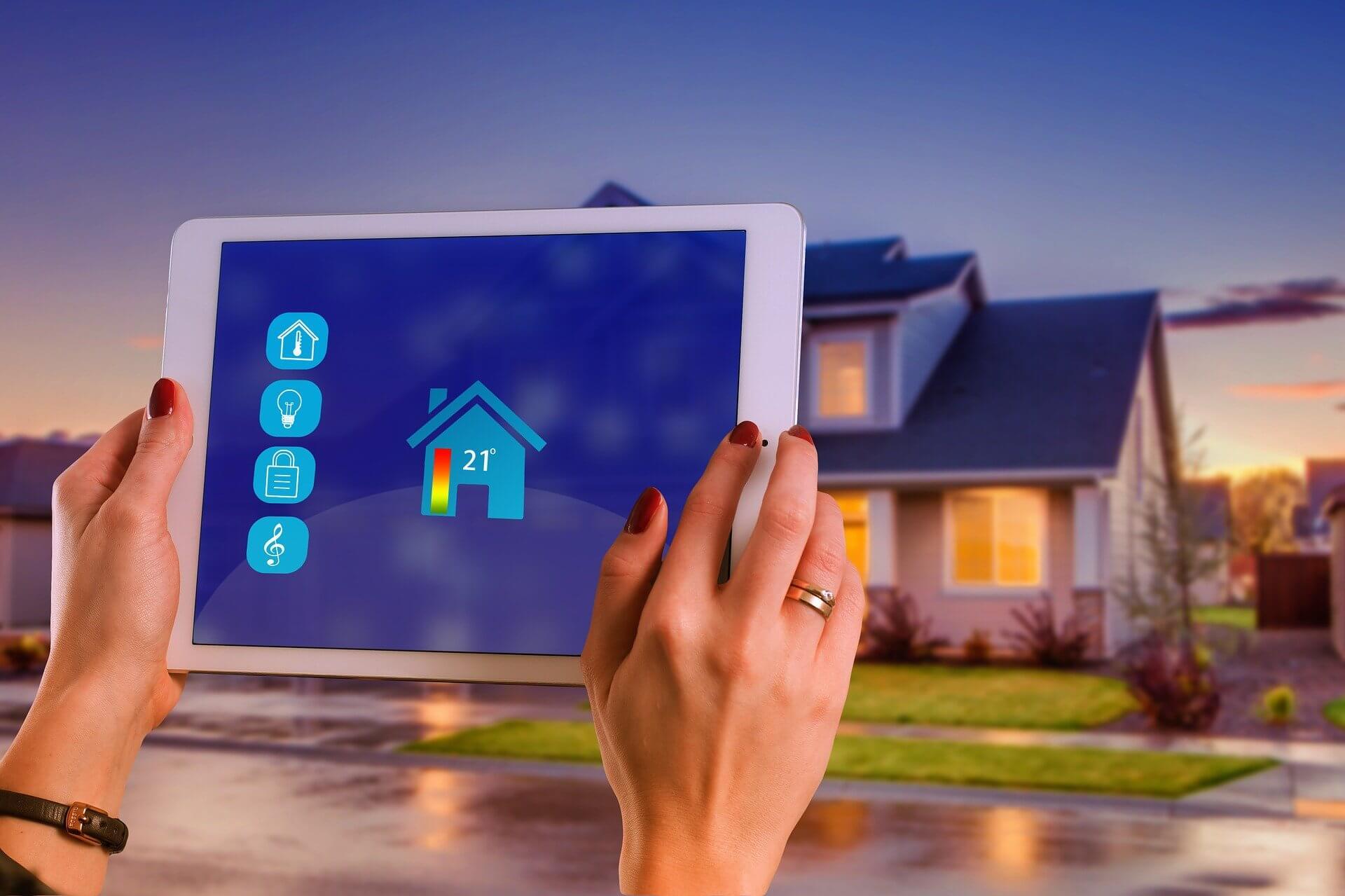As technology continues to advance at a breathtaking pace, smart home technologies are leading the charge in transforming how we live, interact, and experience our domestic environments. Once seen as futuristic fantasies, devices that automate everyday tasks are now becoming integral components of modern households. From smart thermostats that optimize energy use to intelligent security systems that enhance safety, these innovations are reshaping the landscape of what it means to live in a home. This article explores the profound impact of smart home technologies, examining their benefits, challenges, and the evolving role they play in creating a more efficient, convenient, and secure living experience. With the promise of increased connectivity and personalized environments, smart homes are not just a trend; they represent a significant shift in our relationship with technology and our living spaces.
Table of Contents
- Transforming Daily Routines: The Convenience of Smart Home Automation
- Enhancing Security and Safety: How Smart Technologies Are Protecting Homes
- Energy Efficiency and Sustainability: The Environmental Benefits of Smart Devices
- Integrating Smart Home Solutions: Key Considerations for Homeowners
- Closing Remarks
Transforming Daily Routines: The Convenience of Smart Home Automation

In an era defined by rapid technological advancement, daily routines are undergoing a profound transformation thanks to smart home automation. Imagine a morning where your coffee brews itself, lights adjust to the perfect brightness, and your favorite news updates play through your smart speakers—all before you even get out of bed. Such conveniences are not mere luxuries but rather stepping stones towards enhanced productivity and a more streamlined lifestyle. By integrating devices such as smart thermostats, automated blinds, and intelligent lighting systems, homeowners can create an environment that responds to their needs in real-time, making everyday tasks less cumbersome and more enjoyable.
One of the most compelling benefits of this technology is its ability to foster energy efficiency and sustainability. Automated systems can optimize energy usage, significantly reducing waste and costs. For example, smart thermostats can learn your schedule and adjust heating or cooling accordingly, ensuring your home is comfortable while conserving resources. Consider the following features that contribute to an eco-friendly living experience:
- Remote Control: Manage appliances from anywhere via smartphone apps.
- Scheduling Options: Automate routines to match your lifestyle.
- Energy Monitoring: Receive insights on energy consumption for smarter decisions.
Enhancing Security and Safety: How Smart Technologies Are Protecting Homes

As the world leans into technological advancement, smart home devices have emerged as revolutionary tools for enhancing residential security. These technologies integrate seamlessly into daily life, offering homeowners unparalleled control and peace of mind. Smart locks, for instance, allow residents to secure their doors remotely, ensuring that their homes remain locked even when they’re miles away. Coupled with doorbell cameras, homeowners can receive real-time notifications when someone approaches their property, allowing for a better-informed response to potential threats. The integration of motion sensors and security alarms further elevates home protection, creating an intelligent network that detects unusual activity and alerts homeowners instantly.
Moreover, the potential of smart home ecosystems extends beyond mere surveillance. Innovations such as smart lighting systems can simulate presence by automatically switching on and off, deterring intruders by creating the illusion of occupancy. Homeowners can leverage these systems to customize schedules and activate security routines that fit their lifestyles. Additionally, environmental sensors monitor factors such as smoke and carbon monoxide levels, ensuring a holistic approach to safety. By embracing these cutting-edge technologies, families can transform their homes into fortified sanctuaries, greatly reducing the risk of burglary and ensuring a safer living environment.
Energy Efficiency and Sustainability: The Environmental Benefits of Smart Devices
The integration of smart devices into our daily lives is not only a convenient advancement but also a major stride towards promoting energy efficiency. Devices like smart thermostats and energy monitors are designed to optimize energy consumption without sacrificing comfort. For instance, smart thermostats can learn the preferences of the household and adjust heating and cooling schedules accordingly, resulting in reduced energy usage. Additionally, through real-time data collection and analysis, these devices allow homeowners to identify and rectify inefficiencies in their energy usage, leading to more sustainable living practices.
Moreover, the environmental impact of adopting smart home technologies is profound. By implementing devices that can remotely control lighting, appliances, and heating systems, households can significantly lower their carbon footprints. The benefits extend to the energy grid as well; when a substantial number of homes utilize smart devices, peak demand can be more effectively managed, reducing the need for additional power plants. The following table highlights the key environmental benefits associated with energy-efficient smart devices:
| Benefit | Description |
|---|---|
| Lower Energy Bills | Smart devices optimize usage to reduce costs. |
| Reduced Carbon Emissions | Efficient energy use leads to lower emissions. |
| Enhanced Resource Management | Improved monitoring leads to better resource allocation. |
| Increased Renewable Energy Utilization | Smart grids allow for better integration of renewable sources. |
Integrating Smart Home Solutions: Key Considerations for Homeowners
Homeowners looking to embrace the convenience of smart home technologies must consider several essential factors before making the leap. Compatibility is crucial; devices from different manufacturers may not communicate effectively, leading to a disjointed experience. Scalability is another significant consideration; starting small with a single device, like a smart thermostat or security camera, can provide insight into how the systems will integrate into your daily life. Additionally, assess the security of the devices you choose; not all smart home products are built with robust safety features, which could expose your personal data to vulnerabilities.
Moreover, understanding your home’s infrastructure is vital. Electric capacity and Wi-Fi coverage will significantly influence your options and overall performance of smart devices. Homeowners should also evaluate the long-term cost-effectiveness of their investments. While some smart devices may have a higher upfront cost, they can lead to savings through optimized energy use or reduced utility bills. Compare potential benefits by reviewing a simple table of common smart devices, their uses, and their approximate costs for better decision-making.
| Smart Device | Typical Use | Approximate Cost |
|---|---|---|
| Smart Thermostat | Energy management | $100 – $300 |
| Smart Security Camera | Home surveillance | $50 – $200 |
| Smart Lighting System | Automated lighting control | $15 – $200 |
| Smart Door Lock | Keyless entry | $100 – $250 |
Closing Remarks
the integration of smart home technologies is not merely a trend but a profound shift in how we approach daily living. From enhanced energy efficiency and increased security to greater convenience and improved quality of life, these innovations are reshaping our homes into responsive, intelligent environments. As we stand on the brink of a new era in residential living, the ongoing advancements in smart technology promise not only to revolutionize our homes but also to significantly influence broader societal trends, such as sustainability and urban development. As consumers become increasingly aware of these benefits, the demand for smart home solutions is likely to surge, prompting further innovation and investment in this dynamic industry. By embracing these technologies, we are not only elevating our own living spaces but also contributing to a more connected, efficient, and intelligent future.



